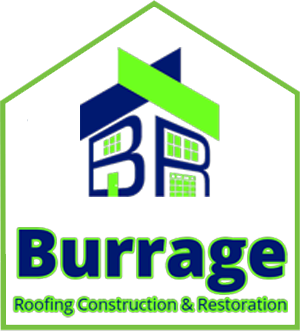Emerging trends within the roofing materials market for 2025 reveal an evolving landscape shaped by ongoing advancements in sustainable building practices and technological innovations. At Burrage Roofing, we are committed to embracing eco-friendly solutions and advanced materials, ensuring we meet changing consumer preferences and regulatory demands. As roofing professionals, we recognize the implications of global supply chain dynamics, influenced by climate change and market volatility, necessitating proactive strategies to serve our clients effectively in the Quad Cities. Understanding these shifts is vital for property owners and contractors aiming to remain competitive in this rapidly changing environment, and Burrage Roofing is dedicated to leading the way in these efforts.
Major Roofing Material Supply Chain Trends for 2025
Significant shifts in the roofing materials market are anticipated due to the adoption of advanced materials and eco-friendly solutions. As the commercial roofing industry responds to consumer demand for sustainable materials, manufacturers will need to forge strong relationships across the supply chain to address material availability. Technological advancements such as data analytics and artificial intelligence will further enhance efficiency, enabling roofing professionals to navigate supply chain issues and meet the evolving needs of new construction projects amidst climate change challenges.
Contact Us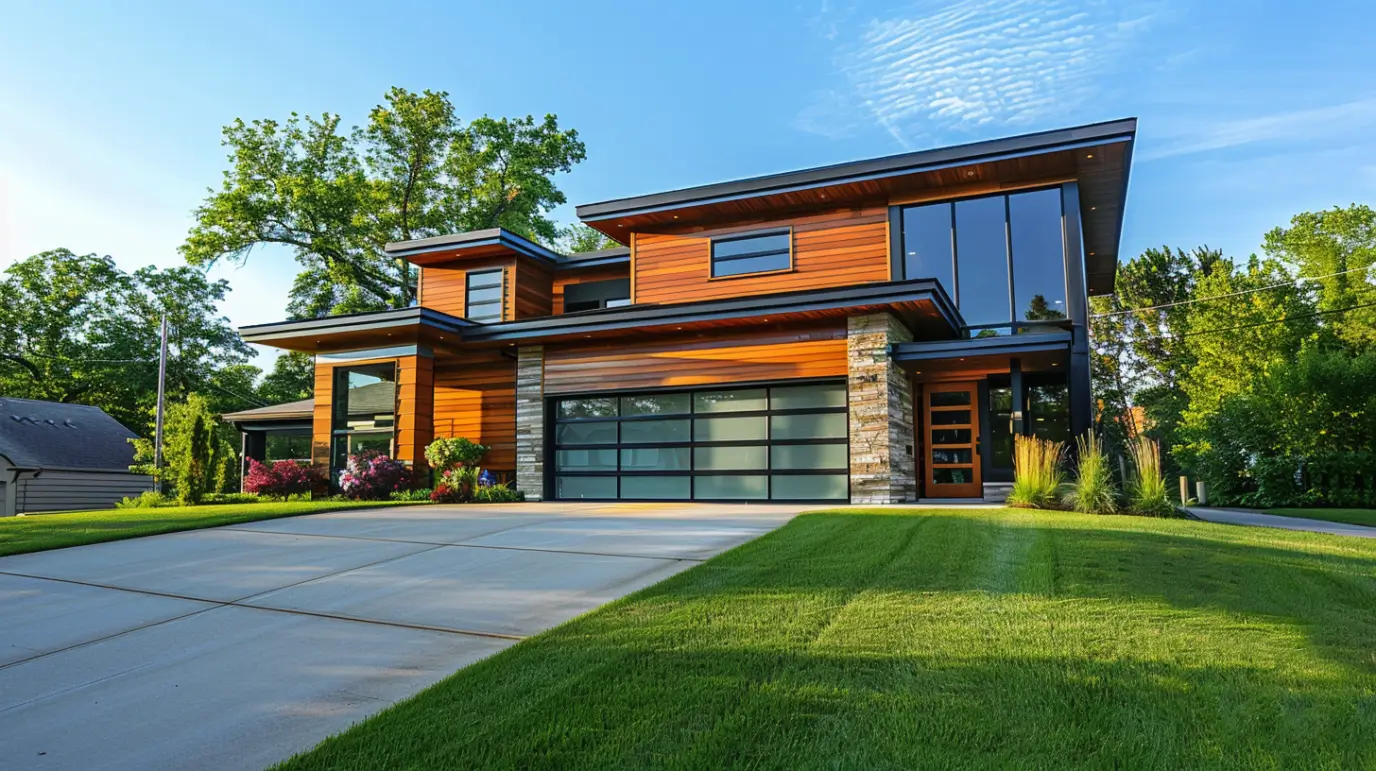
Shifting Market Dynamics and Adaptation by Manufacturers
A competitive roofing materials market is driving manufacturers to innovate and adapt swiftly. Embracing advanced materials and green solutions has become essential as industry trends shift towards sustainability and energy efficiency. Manufacturers are increasingly leveraging data analytics to predict material availability and fluctuating roofing material prices, ensuring they meet the needs of roofing contractors and property owners alike. As severe weather events heighten, the focus on durability and environmental impact guides manufacturers in developing resilient, eco-friendly products that cater to emerging construction needs.
Impact of Global Supply Chain Disruptions on Availability
Supply chain disruptions have significantly affected the availability of roofing materials, creating challenges for roofing professionals and contractors. Fluctuations in material costs, driven by high interest rates and extreme weather events, have placed added pressure on the roofing industry. Commercial sectors increasingly face delays in obtaining essential materials, impacting timelines for new construction projects and maintenance contracts. This environment necessitates strong relationships among industry players, along with a commitment to adaptive strategies to mitigate these ongoing supply chain issues.
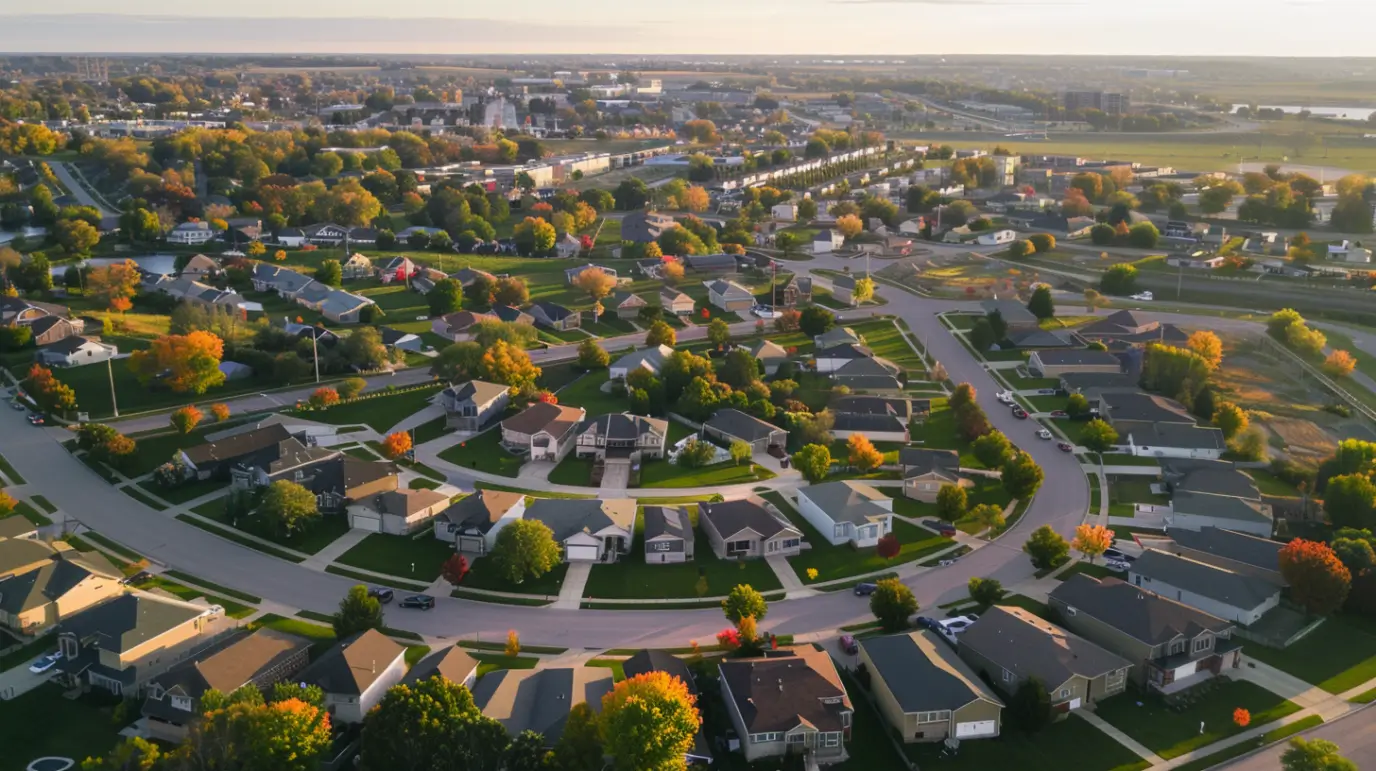
Sustainability and Eco-Friendly Innovations in Roofing Materials
The integration of sustainable building practices is rapidly reshaping the roofing industry. Innovations such as green roofing solutions and synthetic roofing materials are gaining traction, driven by a heightened awareness of environmental impact. These advancements not only enhance energy efficiency but also contribute to the aesthetic appeal of buildings, ensuring compliance with emerging building codes. As property owners increasingly prioritize eco-friendly options, roofing professionals are adapting to meet demands for renewable energy applications like solar panels, fostering stronger relationships across the supply chain.
Rise of Recyclable and Green Roofing Products
A significant focus on sustainable building practices is driving the rise of recyclable and green roofing products. With the roofing materials market evolving, manufacturers are increasingly adopting advanced materials that minimize environmental impact while meeting consumer demands for energy efficiency and aesthetic appeal. Innovations in synthetic roofing materials are leading the way, providing roofing professionals with alternatives that not only contribute to renewable energy initiatives but also align with new regulations focused on sustainability. This trend in the commercial roofing industry marks a pivotal shift towards eco-friendly solutions.
Supply Chain Adaptations to Meet Eco-Friendly Demands
Innovations in supply chain management are crucial for meeting the increasing demand for sustainable materials. Manufacturers are leveraging data analytics and advanced technologies to optimize their processes, ensuring that eco-friendly products are readily available and competitively priced. Collaborations with private equity firms help drive investments in renewable energy sources and green building practices, enhancing the roofing industry’s ability to adapt. As consumer preferences shift towards environmentally conscious options, roofing companies must prioritize sustainable solutions to stay relevant in a dynamic market.

Roofing Material Cost Drivers and Pricing Trends
Various factors will shape roofing material costs in 2025, with supply chain issues remaining a top priority. Fluctuations in material prices will stem from rising energy costs, labor shortages, and the ongoing impact of climate change on resource availability. Additionally, advancements in roof technology, such as synthetic solutions and energy-efficient products, will influence pricing. The demand for sustainable materials, driven by new regulations and changing consumer preferences, will further complicate the dynamics of the roofing materials market.
Key Factors Behind Price Increases in 2025
Multiple elements contribute to the anticipated price increases in materials for 2025. Labor shortages and rising energy costs are pivotal factors influencing expenses. Furthermore, severe weather events and climate change are impacting material availability, making supply chain management a critical concern for roof companies. As demand for sustainable roof materials grows, manufacturers face added pressure to balance eco-friendly innovations with market pricing. These variables create a challenging landscape within the roofing industry, affecting contractors and property owners alike.
Strategies for Navigating Material Price Fluctuations
Implementing data analytics can significantly mitigate the impact of material price fluctuations in the commercial industry. By closely monitoring material prices and utilizing predictive models, companies can optimize procurement strategies and enhance their negotiation leverage with suppliers. Establishing strong relationships with suppliers also ensures better access to alternative materials and more favorable pricing arrangements. Maintaining an agile supply chain allows roofing professionals to adapt swiftly to changes, securing cost-effective solutions and sustaining profitability amidst the volatility.
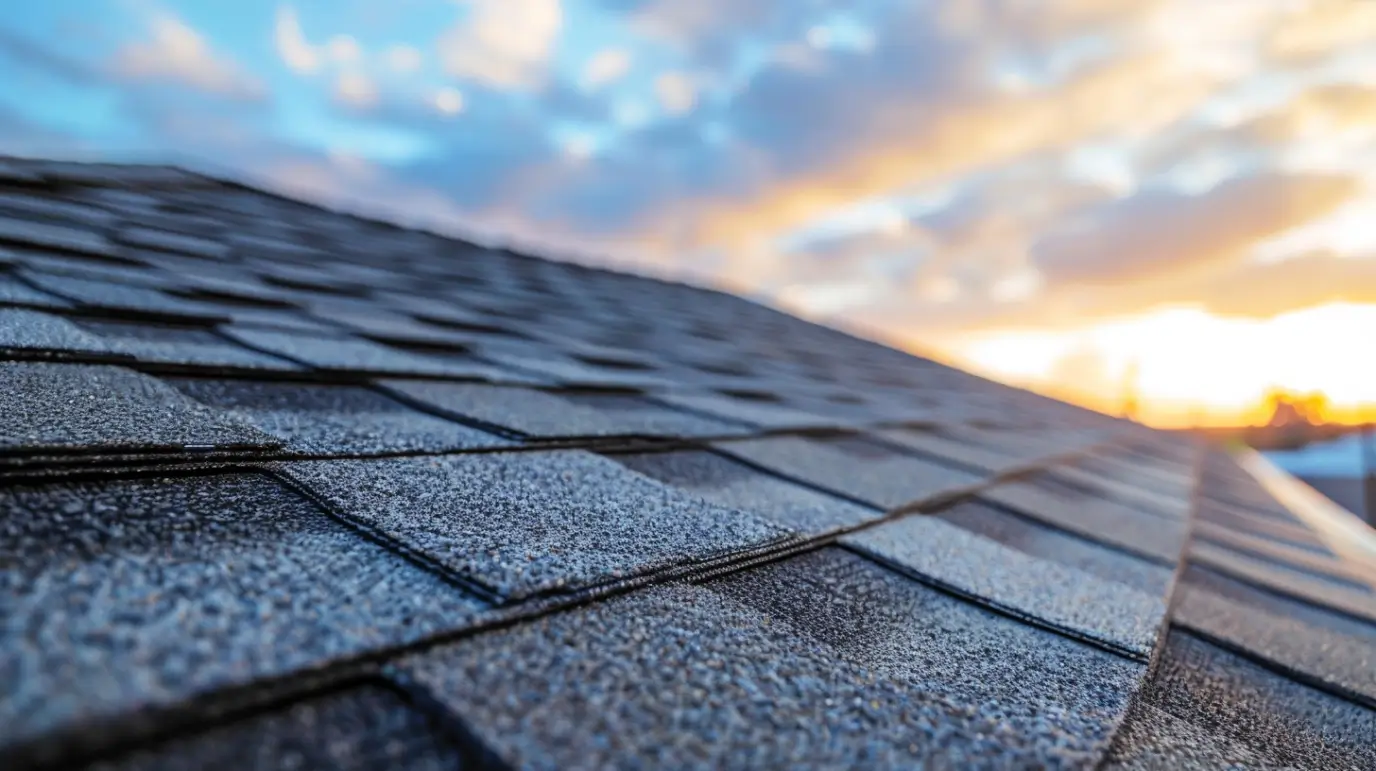
High-Demand Roofing Materials and Consumer Preferences
The roof materials market in 2025 is changing because more people want low-maintenance contracts and products that last longer. The need for strong and energy-saving materials stays high in both the residential and commercial sectors.
Many property owners are looking for materials that have long lifespans, need little upkeep, and also look good. Roofing contractors can do well if they know which products have high demand and why people choose them. This way, they can adjust their services and keep up with the top industry trends.
Top Roofing Material Choices Projected for 2025
A diverse range of materials is anticipated to dominate the market in 2025, driven by the push for sustainability and energy efficiency. Increasing adoption of synthetic roofing and green products, such as metal and cool roofs, caters to both aesthetic appeal and functionality. Additionally, advancements in technology will enhance the longevity and performance of these materials. As industries embrace these trends, roof professionals must conduct thorough market research to align their offerings with evolving consumer preferences and sustainable building practices.
Trends in Color Roofing Sheet Demand and Procurement
Increasing interest in aesthetics and energy efficiency has led to a notable rise in demand for color roofing sheets. Homeowners and property developers prioritize aesthetic appeal, often selecting vibrant colors that complement their building designs while meeting sustainability goals. Additionally, advancements in roof technology have made it feasible to produce long-lasting, fade-resistant options. These factors, combined with a growing awareness of climate change impacts, are shaping procurement strategies as professionals adapt to cater to evolving consumer preferences in a competitive market.
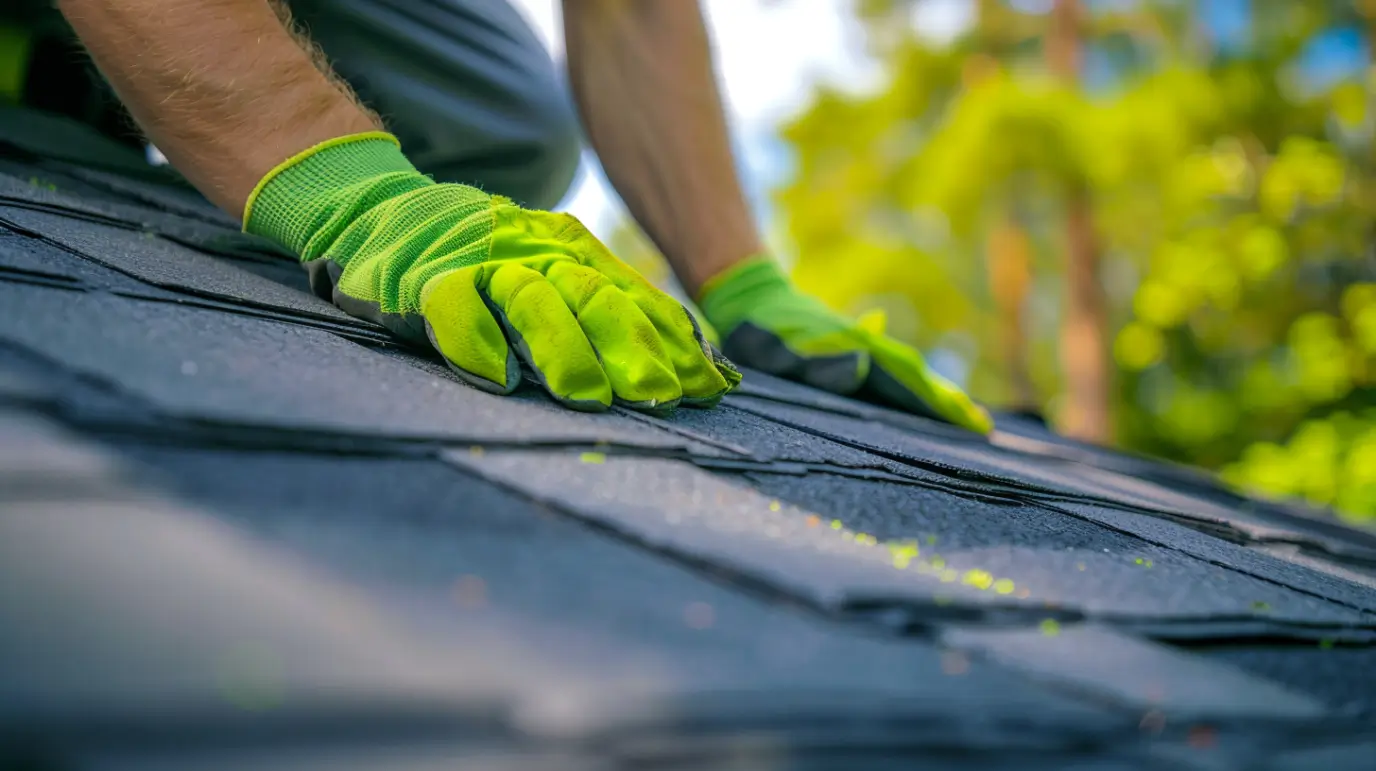
Regional Variability in Roofing Supply Chain Challenges
Supply chain challenges in the roof industry differ significantly across regions, influenced by local economic conditions and material availability. Urban areas often face high demand and competition, resulting in fluctuating material prices. Meanwhile, rural regions may struggle with limited access to advanced materials and technologies. Factors such as severe weather events and labor shortages exacerbate these regional discrepancies. Understanding these variations is crucial for roofing contractors and property owners to develop strategies that ensure efficient procurement and project execution.
Areas of the U.S. Most Impacted by Supply Shortages
Supply shortages are particularly acute in urban areas where the demand for innovative solutions intertwines with the challenges posed by climate change and severe weather events. Regions such as the Northeast and Southeast U.S. are experiencing heightened disruption due to the convergence of increased construction projects and a limited supply of sustainable materials. Additionally, labor shortages exacerbate these issues, compelling roofing contractors to navigate instability in material prices, leading to delays in completing commercial projects and impacting overall roof industry resilience.
Unique Considerations for Contractors in the Quad Cities
Navigating the roofing landscape in the Quad Cities requires contractors to adapt to unique regional challenges. Severe weather events, common in this area, necessitate the use of durable, high-performance materials that withstand climate impacts. Additionally, strong relationships with local suppliers can alleviate supply chain issues, ensuring timely access to both conventional and sustainable roof solutions. Understanding the implications of local building codes and adapting to the roofing materials market trends are also essential for successful project execution in this competitive environment.
Get in Touch
Navigating the complexities of the material supply chain in 2025 is crucial for industry stakeholders, including Burrage Roofing in the Quad Cities. Emphasizing sustainable building practices, our company must adapt to new technologies and market demands while addressing challenges like labor shortages and material availability. The integration of innovative solutions, such as synthetic materials and green roofs, will not only enhance energy efficiency but also bolster the industry’s resilience against climate change. By prioritizing sustainable materials, Burrage Roofing can build strong relationships with property owners in the Quad Cities and ensure the longevity of their projects.
Frequently Asked Questions
Are sustainable roofing materials more difficult to source in 2025?
Sustainable materials are easier to find now, but supply chain issues and higher demand may make getting them more tricky in 2025. Roofing professionals need to work closely with their suppliers and stay up to date on eco-friendly product rules. This will help make sure there is good material availability.
What is the commercial roofing outlook for 2025?
The outlook for commercial roofing in 2025 looks good. There is high demand for maintenance contracts and new construction projects. Market research shows more people want energy-efficient materials. Many companies are working to follow new building codes. There is also a focus on solutions that last a long time for different commercial sectors.
Read our blog: Early Signs of Delamination of the Roofing Membrane
